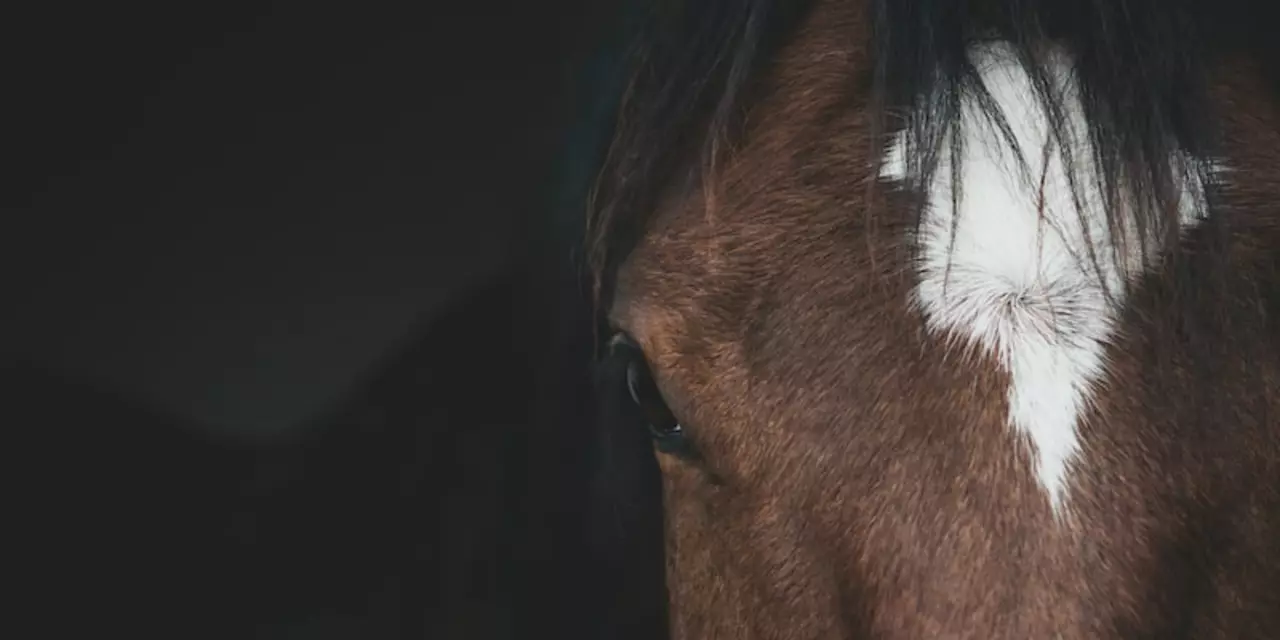Horse Riding Secrets Every Rider Should Know
If you’re looking to ride more confidently, you’ve probably heard that there are hidden tricks seasoned riders use. The good news is those tricks aren’t mysterious – they’re simple habits you can start today. Below are the most useful secrets that improve safety, comfort and the bond with your horse.
Gear Secrets: Fit Over Fancy
A well‑fitted saddle is the foundation of a good ride. Too many riders buy the cheapest option and end up with a saddle that pinches the horse’s back. Spend time checking that the tree sits level, the gullet is clear, and the pommel doesn’t press on the horse’s spine. The same goes for your boots – sturdy, low‑heeled riding boots keep your feet from slipping through the stirrups. If you’re unsure, ask a local tack shop to measure you and your horse. A snug fit prevents sore spots and lets you focus on balance instead of adjusting your gear mid‑ride.
Horse Health Secrets: Simple Daily Checks
Most riders think a full vet check once a month is enough, but a quick daily health scan does wonders. Look at the horse’s eyes – they should be clear, not watery. Run your hands over the neck and back; any hot or firm spots could signal strain. Check the hooves for cracks or loose stones before each session. These tiny checks catch problems early, keeping your horse comfortable and reducing the chance of a sudden injury.
Another secret is proper warm‑up. Start with a few minutes of walking, then gradually add trot and canter. This routine gets the muscles ready and reduces stiffness. Riders often skip warming up because they’re eager to get to the trail, but the extra five minutes protect both you and the horse.
When it comes to riding posture, keep your shoulders relaxed and your elbows close to your sides. Many beginners hold their arms stiffly, which throws off balance. Think of yourself as a gentle guide, not a forceful driver. A relaxed upper body lets the horse move naturally and makes the ride smoother.
Don’t forget about hydration. Both you and your horse need water before, during, and after a ride, especially on hot days. A thirsty horse can become irritable, and a dehydrated rider loses focus fast. Carry a water bottle for yourself and a bucket or portable water trough for the horse.
Finally, use consistent cues. Horses learn by repetition, so use the same pressure or voice command each time you ask for a transition. Changing cues confuses the animal and can lead to unpredictable behavior. Consistency builds trust, and trust makes every ride more enjoyable.
Put these secrets into practice on your next outing and notice the difference right away. Small adjustments add up, turning a basic ride into a comfortable, safe experience for both you and your horse.

Horse ownership is a rewarding experience, but it also requires a lot of knowledge and dedication. This article offers some of the best-kept secrets to successful horse ownership, including understanding the horse's needs, being aware of the costs of ownership, and having the right attitude. It is also important to learn the basics of horse care, such as grooming and feeding, and to establish a good relationship with a qualified veterinarian. Finally, having a proper understanding of safety and horse behavior is essential in order to have a safe and enjoyable experience with your horse.
Read more
